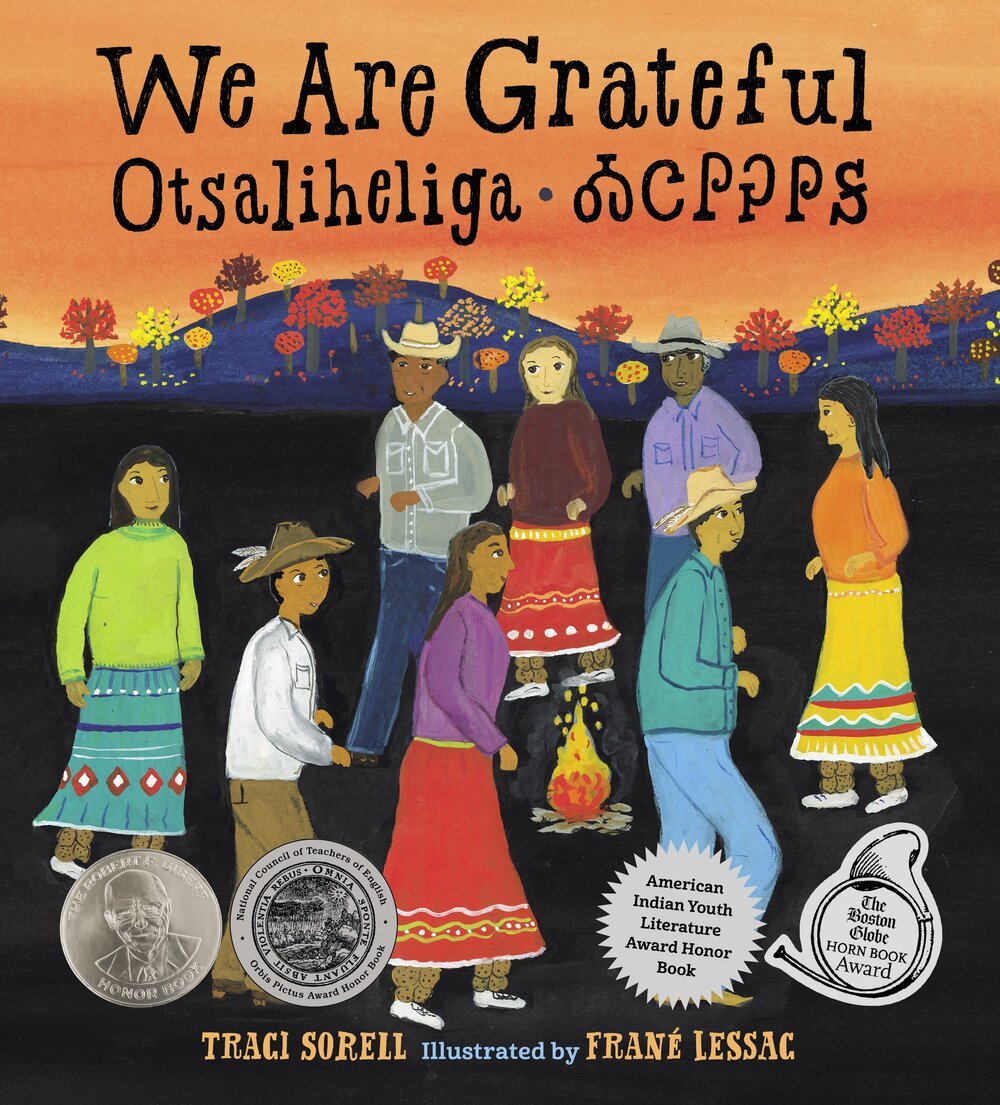As COVID-19 deaths spiked in 2020, Suzanne Firstenberg’s public art installation "In America: How could this happen…"
History Explorer Results (1131)
Related Books (350)

Grade Range:
K-12
Resource Type(s):
Artifacts, Primary Sources
Date Posted:
4/22/2010
The Environmental Movement
This button depicts the ecology symbol, a small letter “e” inside the larger letter “O,” the letters standing for “environment” and “organism.” Cartoonist Ron Cobb invented the symbol in 1969. The ecology symbol appeared in a g

Grade Range:
K-12
Resource Type(s):
Reviewed Websites
Date Posted:
10/11/2009
Gunston Hall's website is an excellent resource to help students and teachers research the life of George Mason. The resources included are a virtual tour of Gunston Hall and its surrounding grounds, timelines demonstrating George Mason's role in the American Revolution and the Constitu

Grade Range:
K-12
Resource Type(s):
Artifacts, Primary Sources
Date Posted:
11/4/2008
The John Deere Model D tractor was introduced in 1923 and became the first tractor built, marketed, and named John Deere. It replaced the Waterloo Boy in the company's product line.

Grade Range:
K-12
Resource Type(s):
Artifacts, Primary Sources
Date Posted:
9/17/2009
The Spaniards who invaded Mexico brought to North America a well-developed equestrian tradition. Over the centuries, horses, saddles, and other riding paraphernalia were altered by the landscape and the lifestyles of both Spanish and indigenous riders. Accompanied by mariachi music, la charrería

Grade Range:
K-12
Resource Type(s):
Artifacts
Date Posted:
4/4/2016
This wooden grain fork was used during the late 19th century. Wide tined pitch forks like this were used to pitch hay, grains, straw, and other agricultural products. Before the mechanization of harvesting by combines, reaping, threshing, and winnowing were done by hand with simple tools like thi

Grade Range:
K-12
Resource Type(s):
Artifacts
Date Posted:
4/16/2018
This Butsudan-Buddhist altar was made from scrap lumber in Jerome Relocation Center in Arkansas. Buddhism was among the religions that was practiced in the internment camps. However, it was not formally recognized in the camp or marked with a specific house of worship within the internment camp g

Grade Range:
K-12
Resource Type(s):
Artifacts, Primary Sources
Date Posted:
9/3/2020
The May 1, also known as May Day, celebrates workers’ rights and is often marked by public marches. Constantly being adapted, May Day has seen many evolutions since its start at the Haymarket Square in Chicago in 1886. One demonstration of great significance is the May Day marches of 2006, in whic

Grade Range:
K-12
Resource Type(s):
Artifacts, Primary Sources
Date Posted:
3/10/2015
The U.S.D.A. Forest Service introduced Woodsy Owl in 1971 as an anti-litter and anti-pollution symbol to promote wise use of the environment. The campaign, which continues today, is primarily aimed at school-age children and uses slogans such as “Give a Hoot! Don’t Pollute” and “Lend a Ha

Grade Range:
K-12
Resource Type(s):
Artifacts, Primary Sources
Date Posted:
10/22/2008
Steve Richard Nicosia (b. 1955) played for eight seasons on four different teams, ending his career in 1985. As a rookie, Nicosia used this catcher's mask when he caught during Game Seven of the 1979 World Series. Later in his career, he set a San Francisco Giants record with eight consecutive hi

Grade Range:
K-12
Resource Type(s):
Artifacts, Primary Sources
Date Posted:
9/17/2009
The civilizations of pre-Hispanic Mexico recorded their histories, religious beliefs, and scientific knowledge in books called codices. Codices are folded pieces of hide or bark that depict both mundane and spiritual scenes with images, symbols, and numbers. Scribes and painters busily recorded d



















